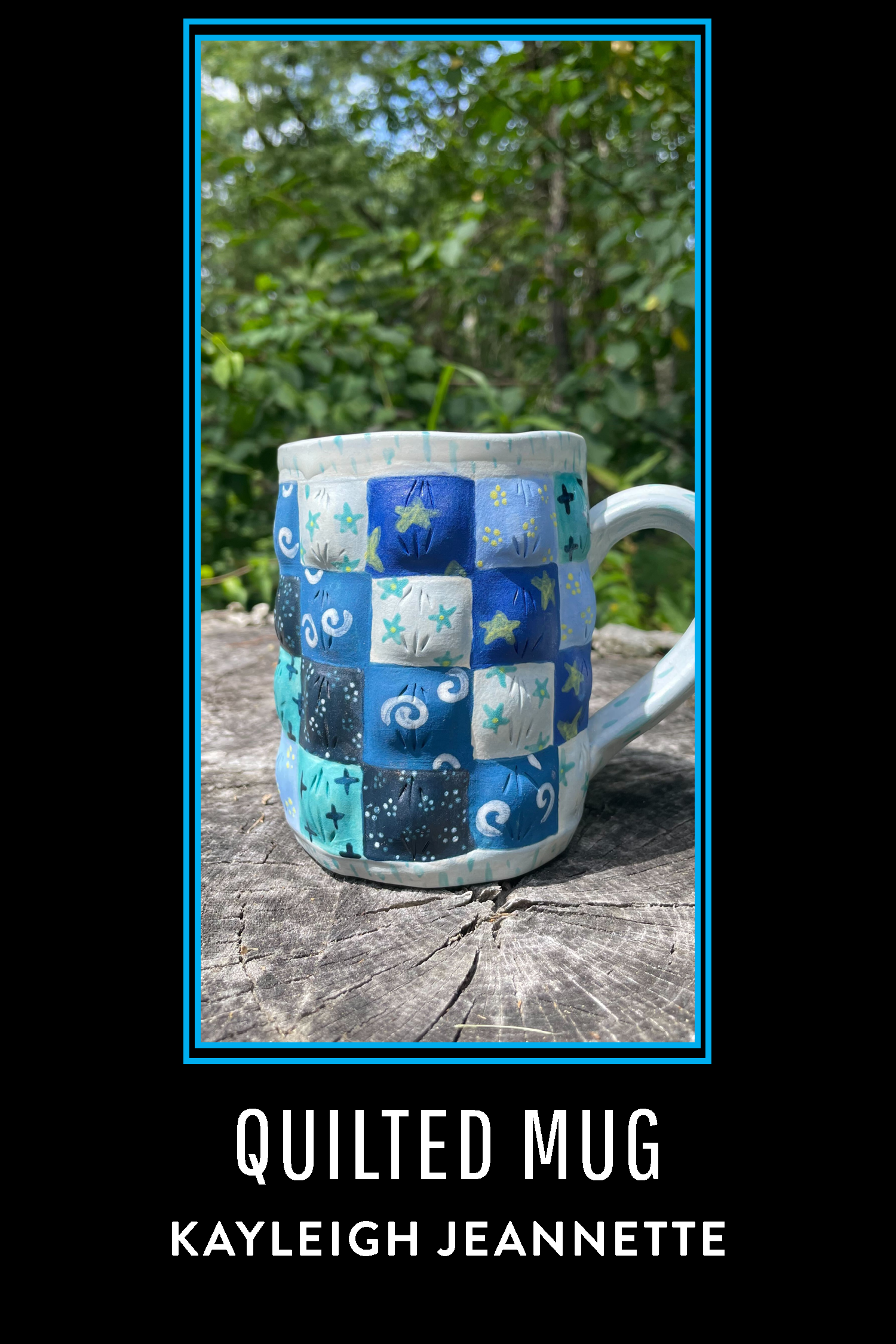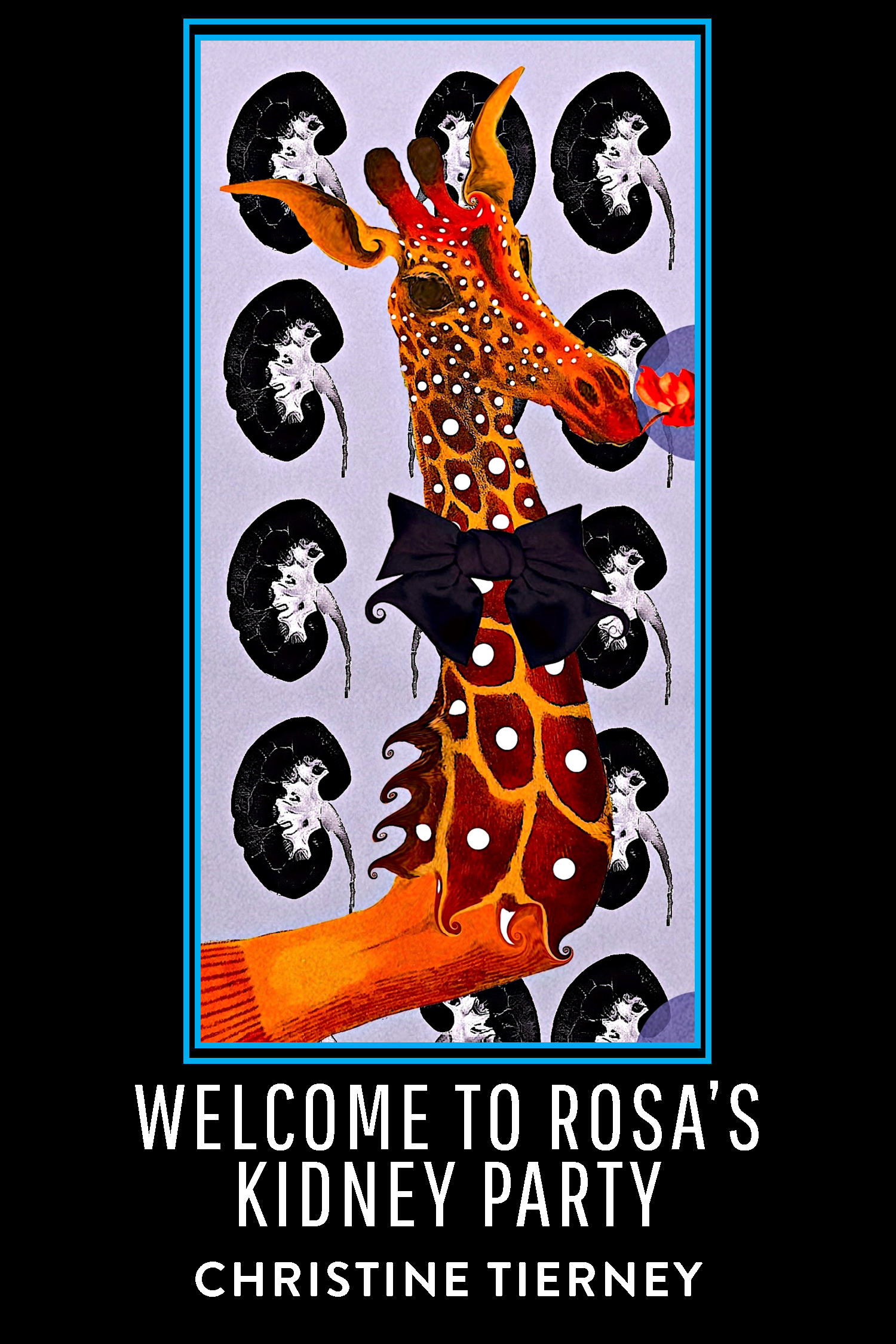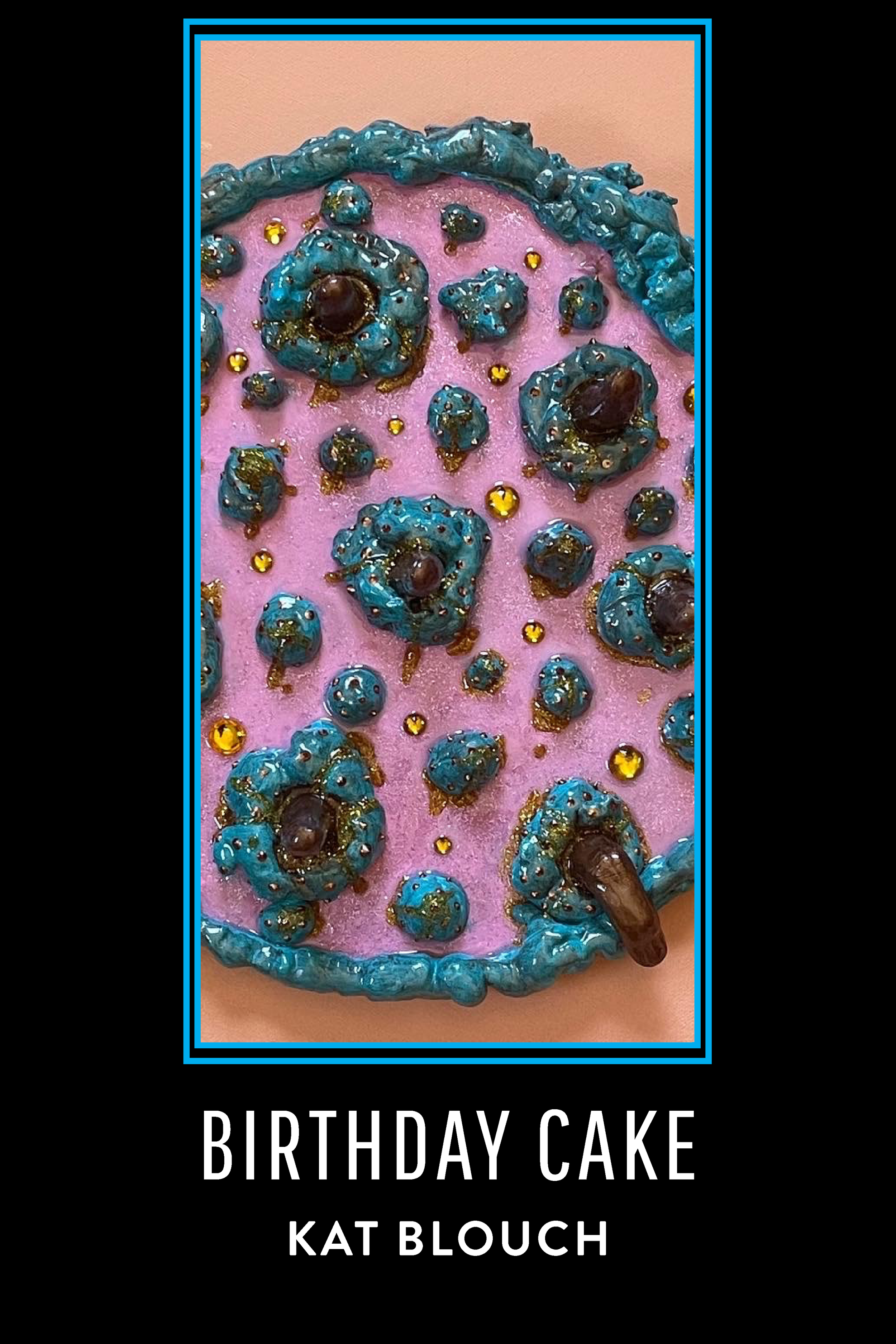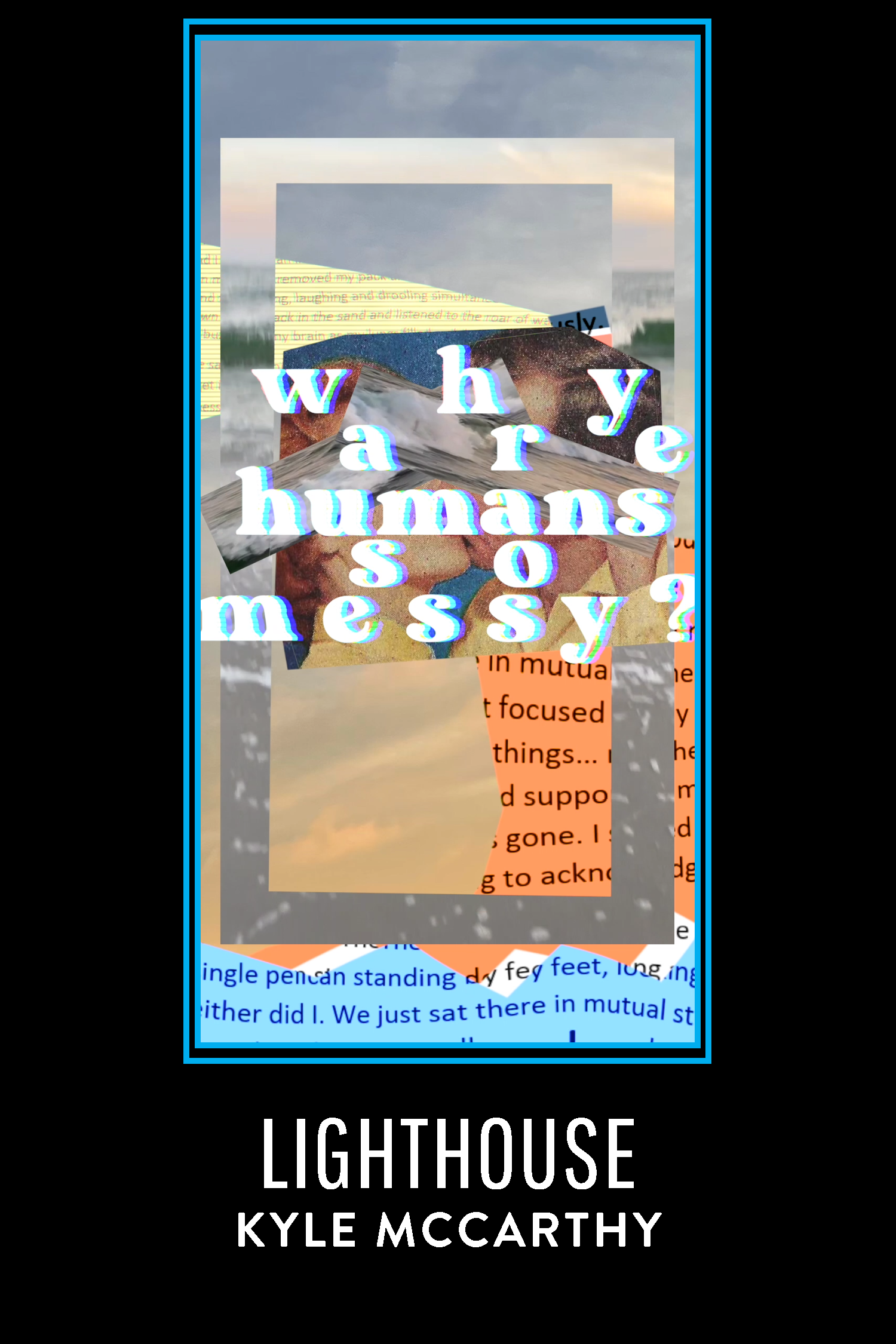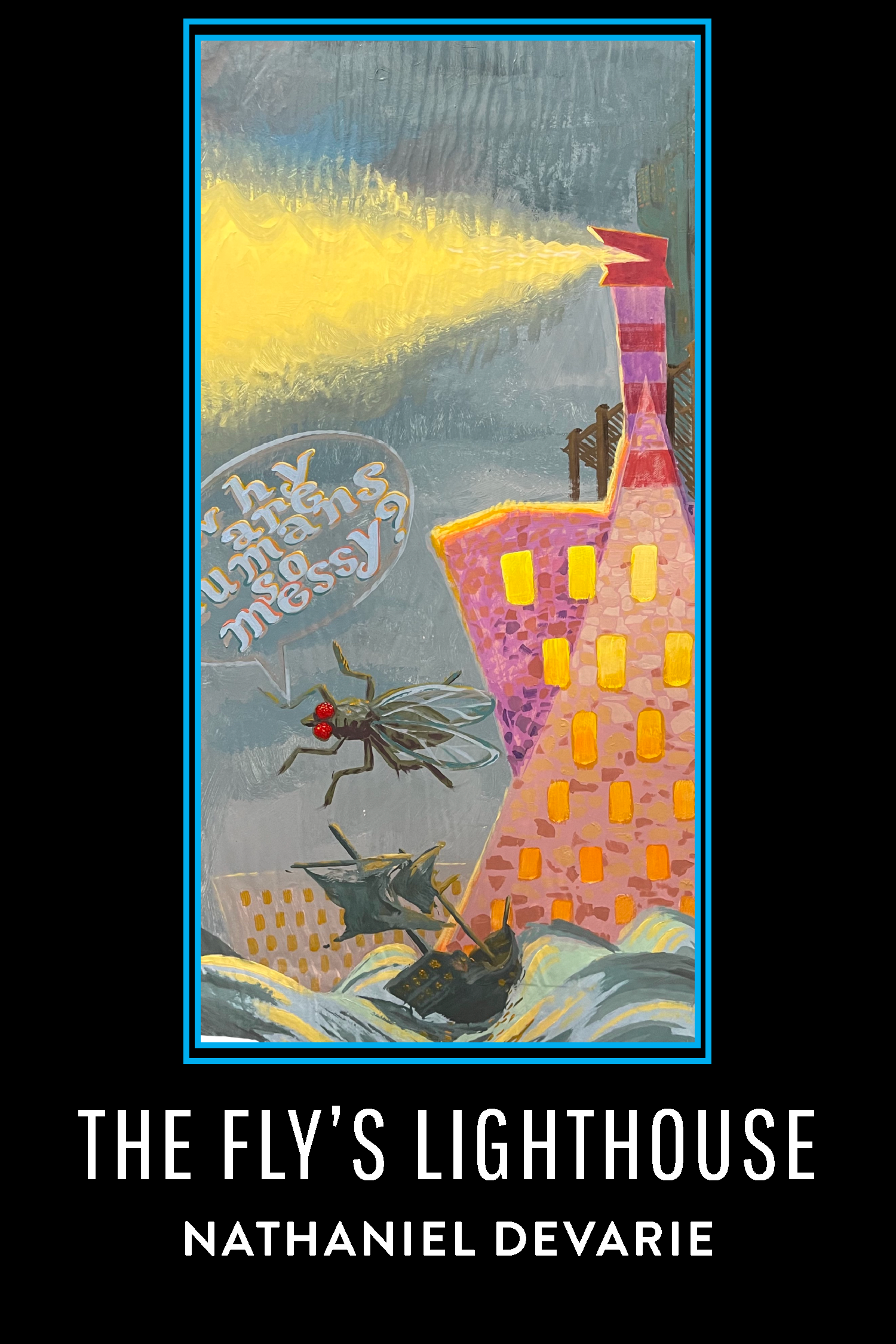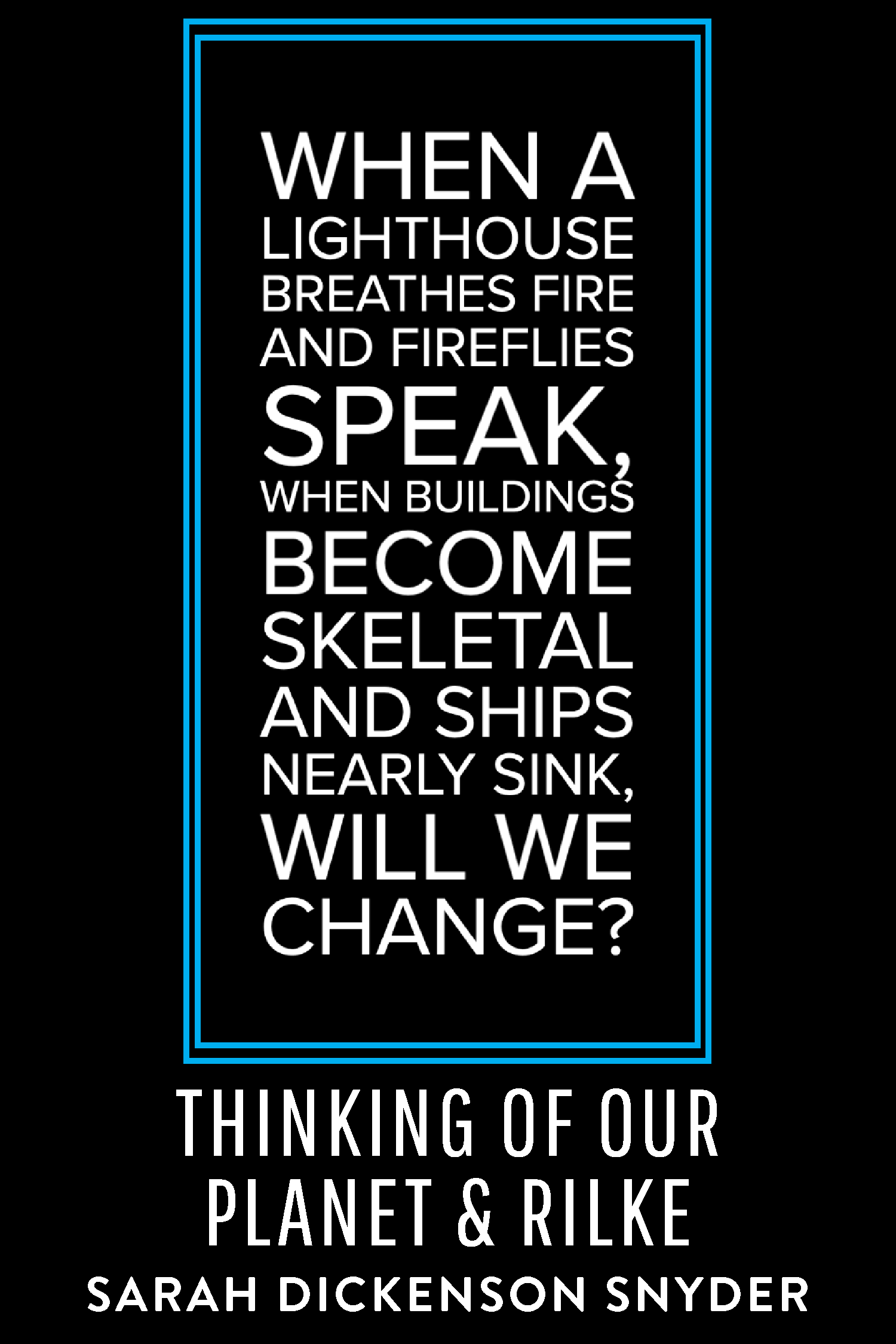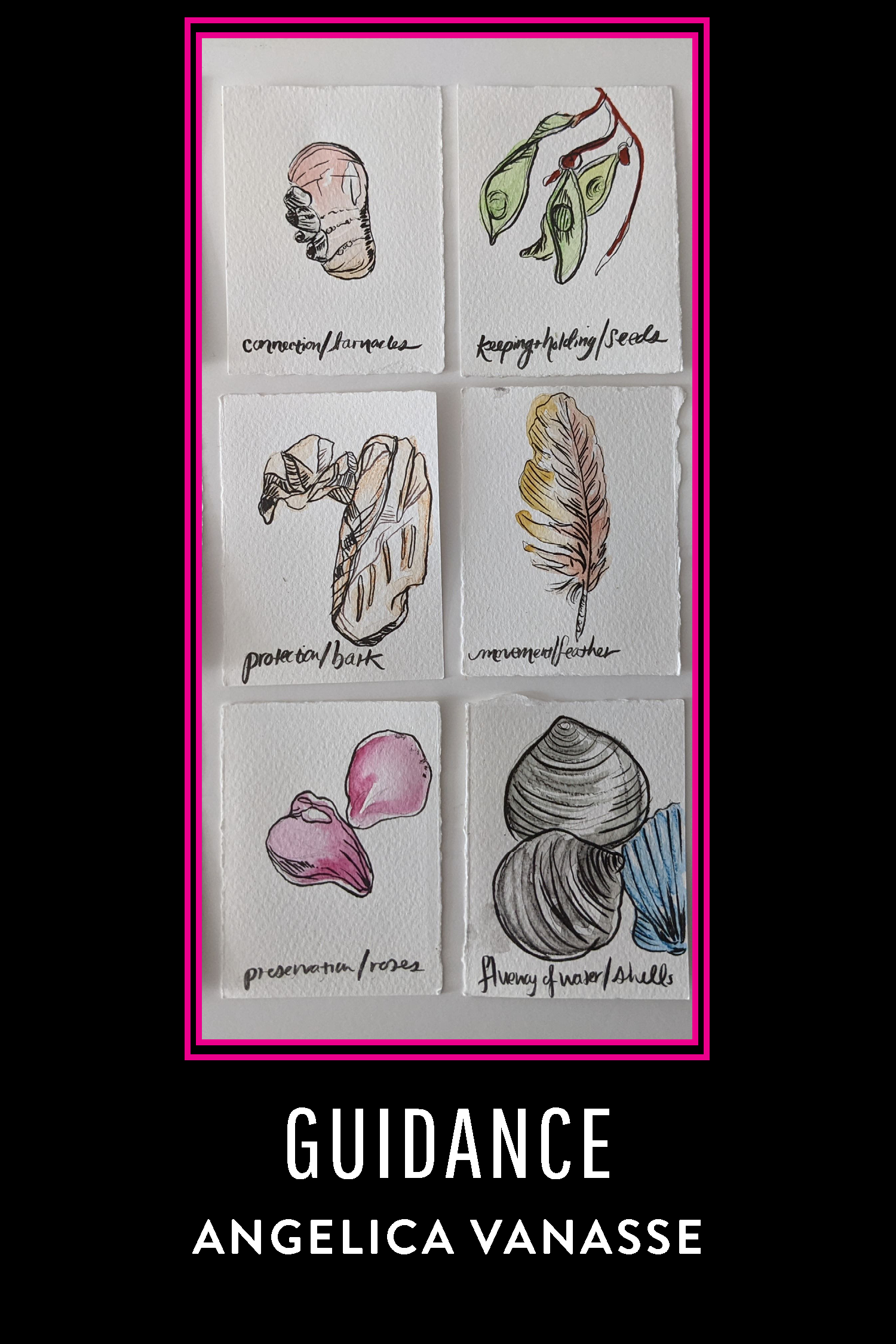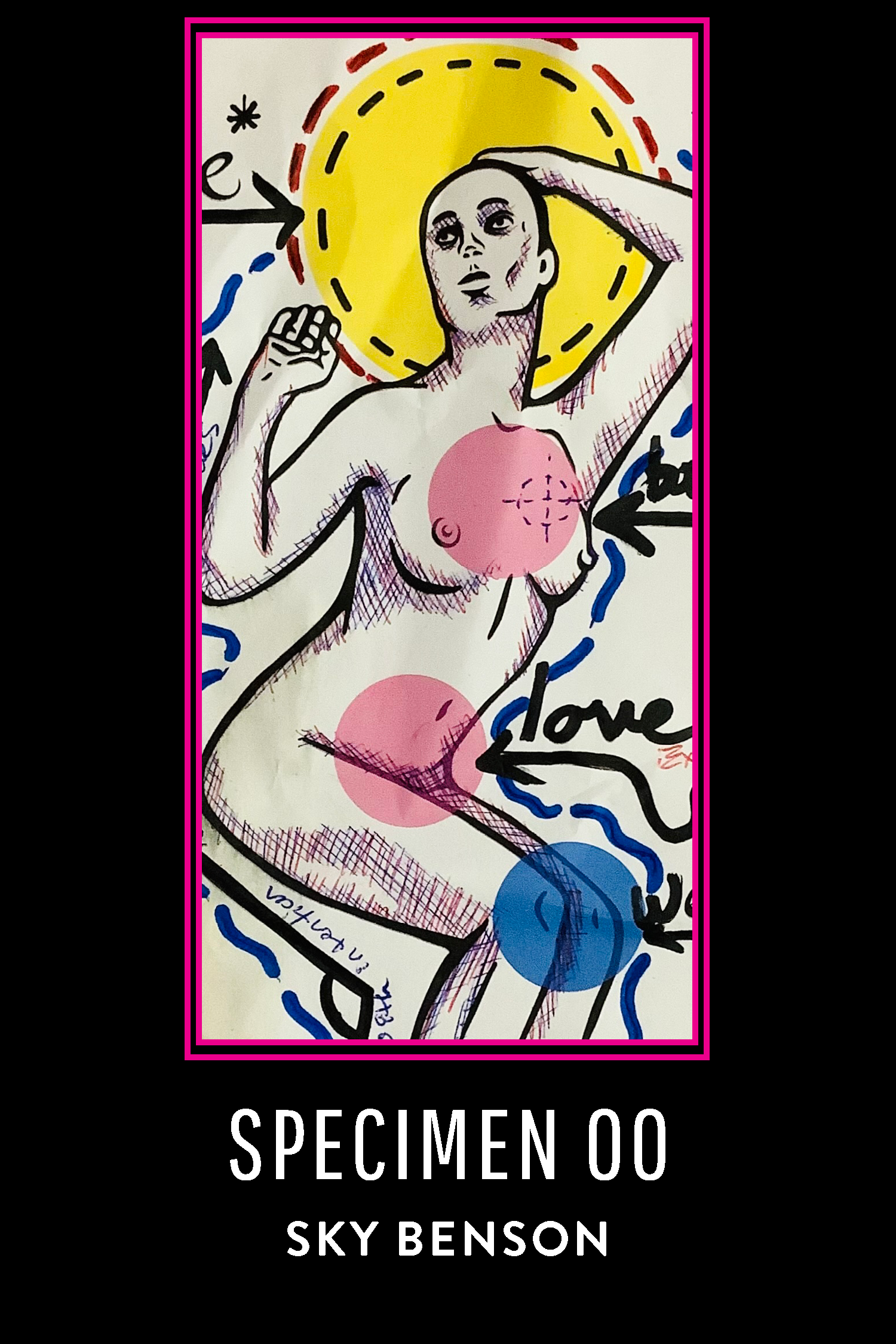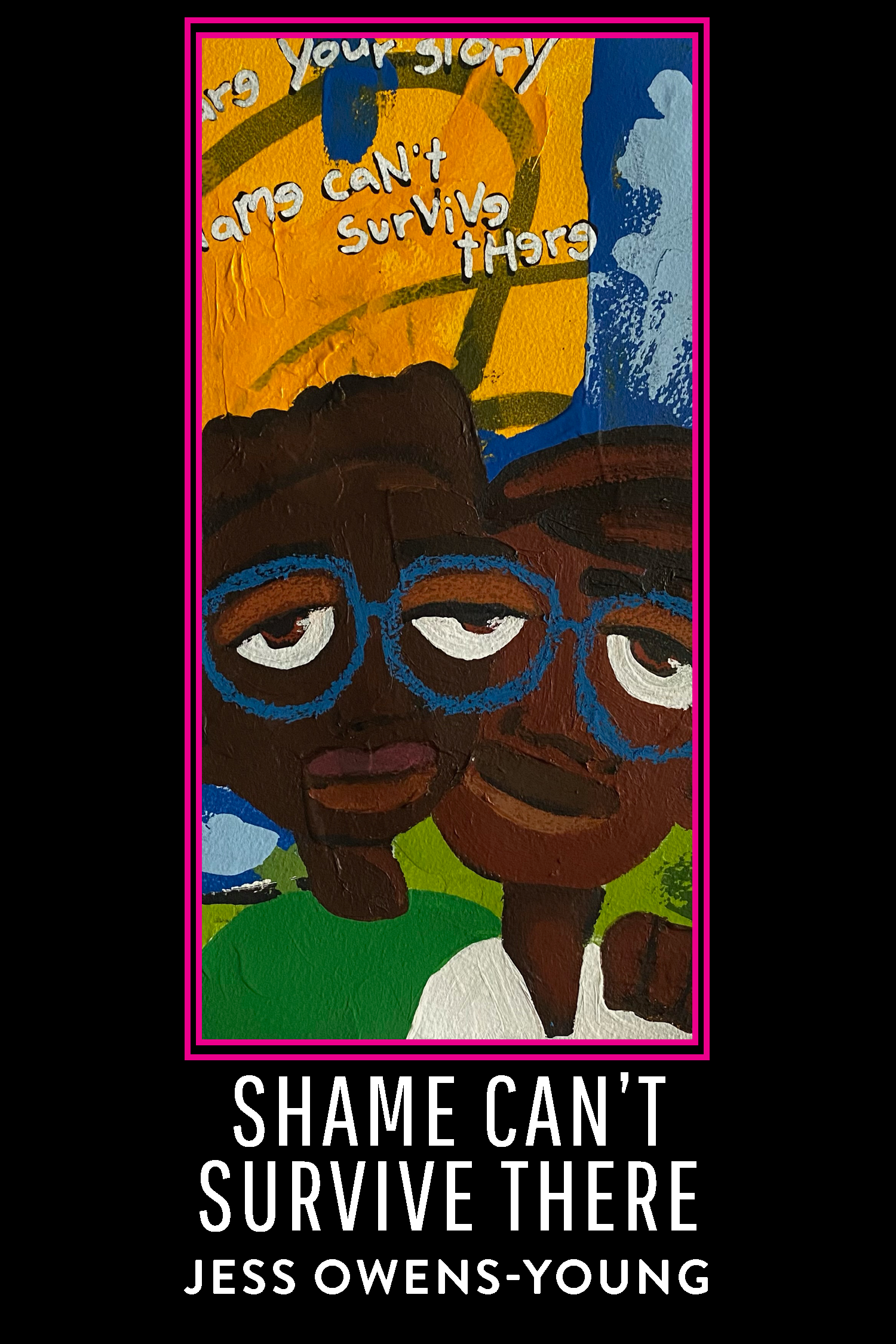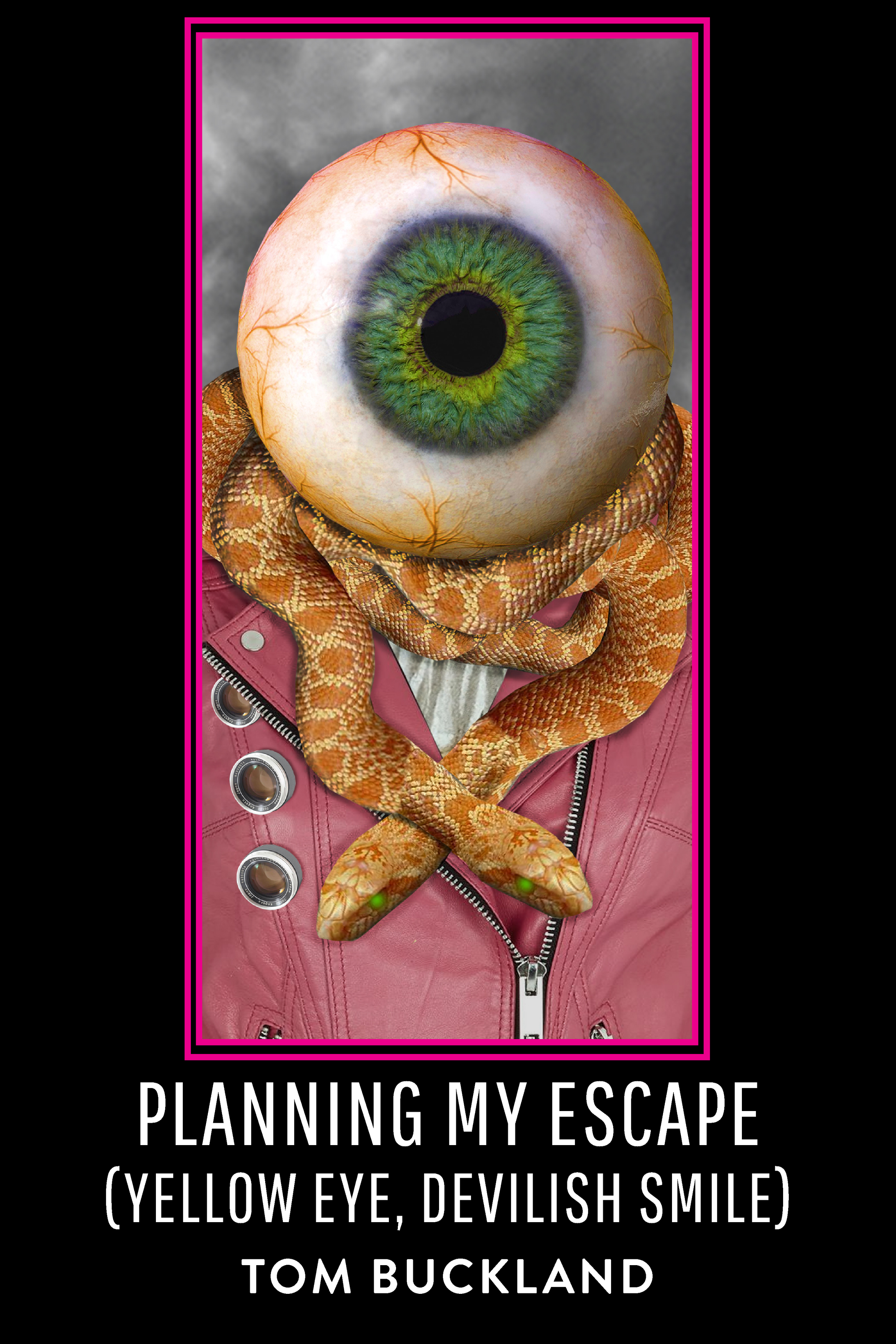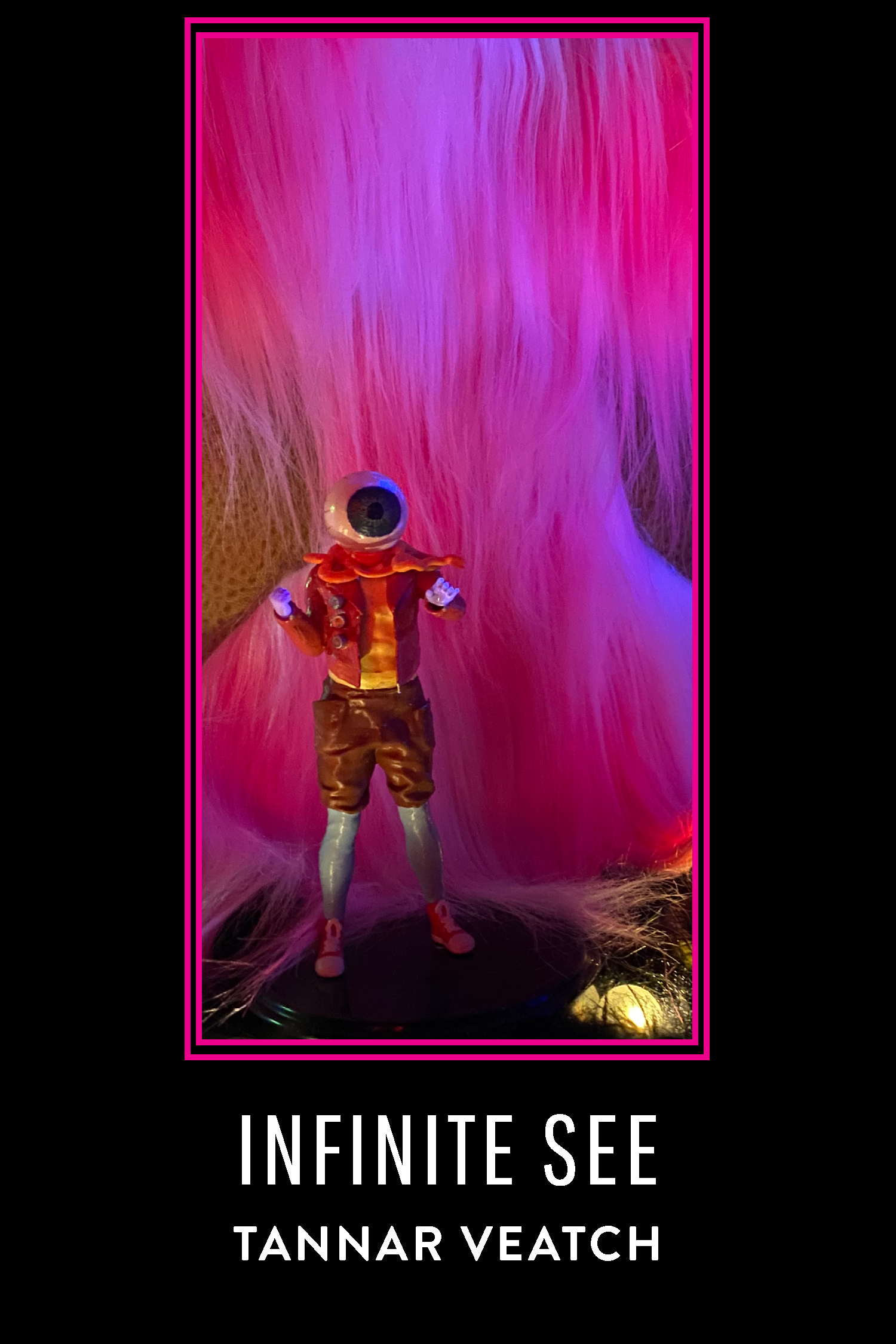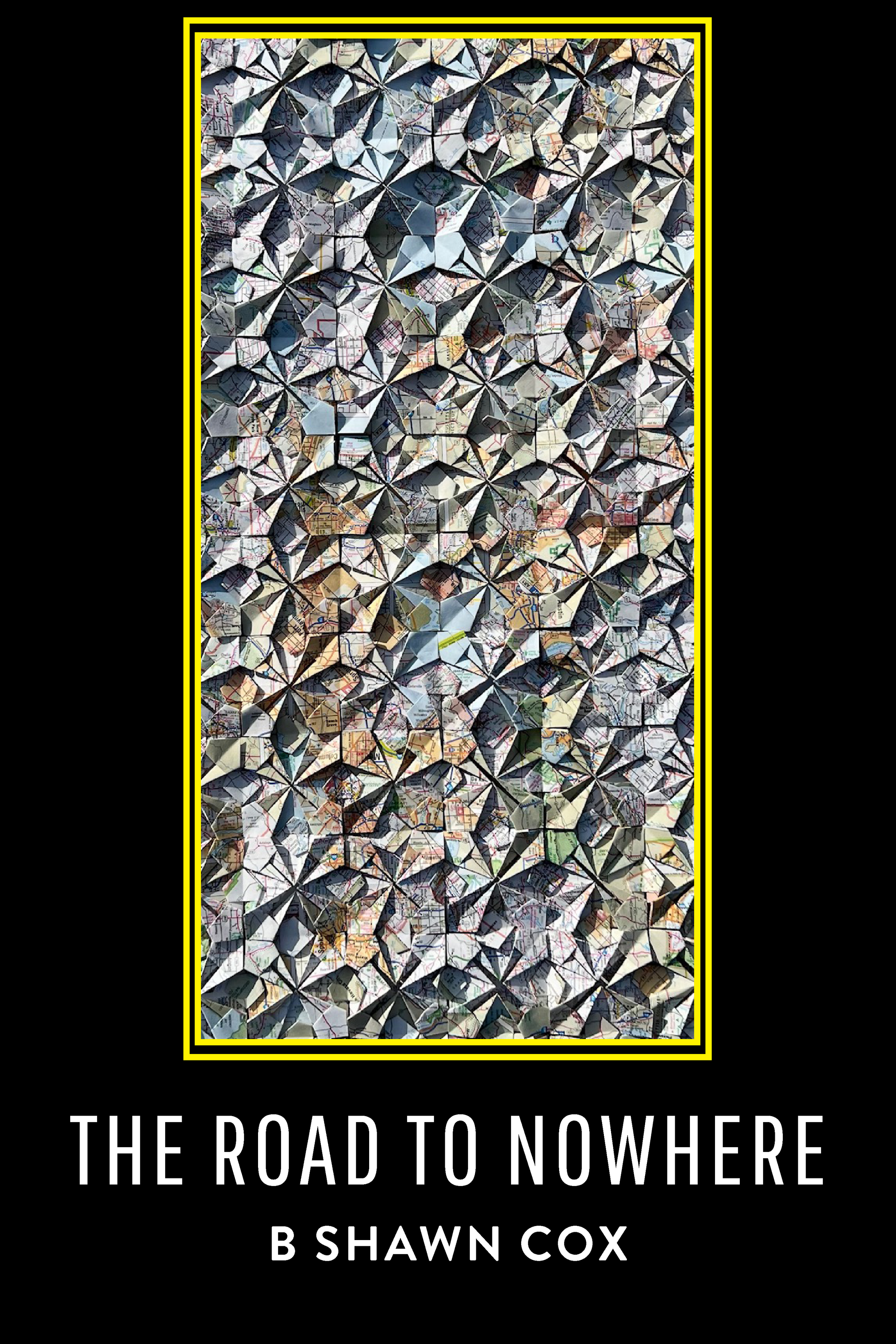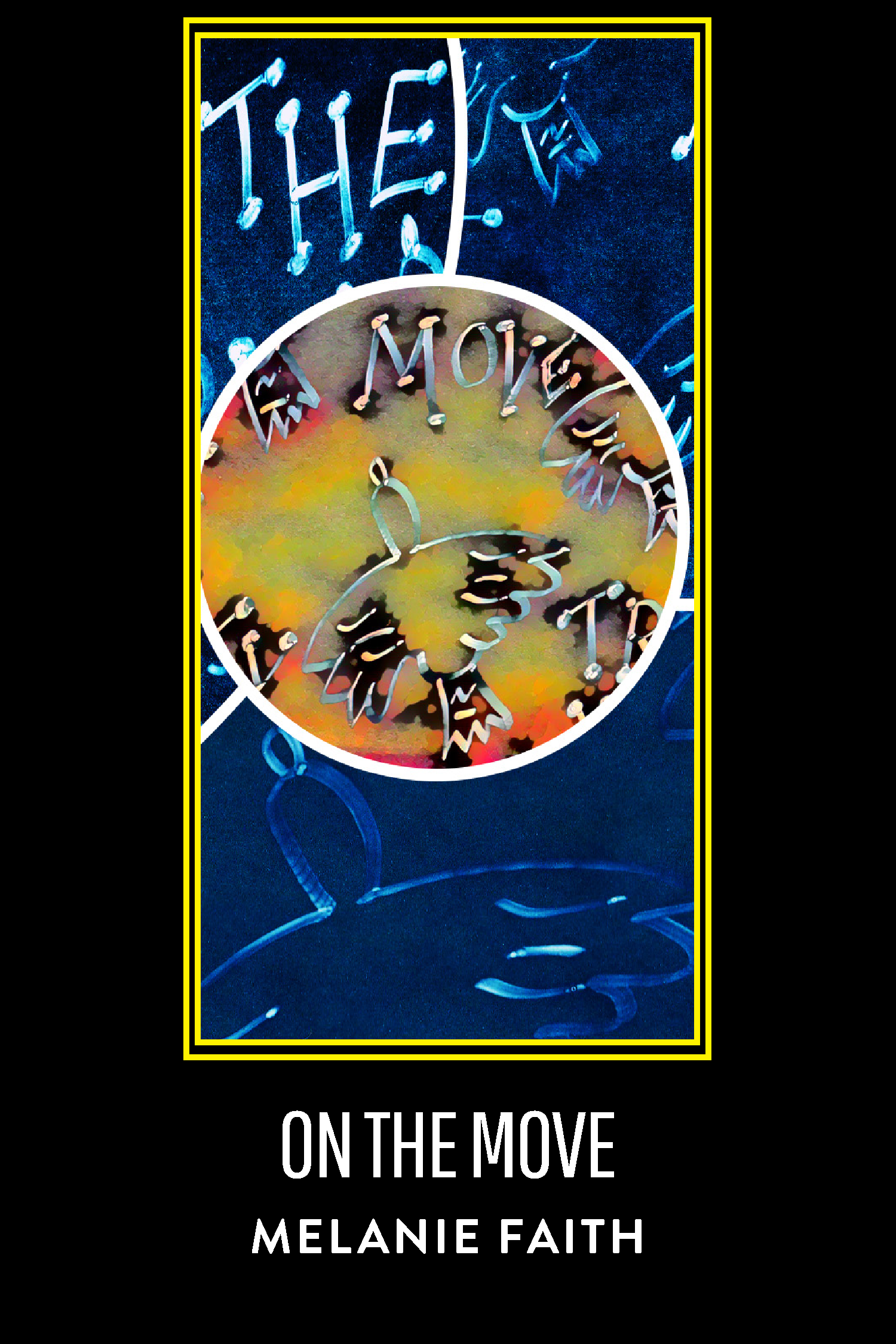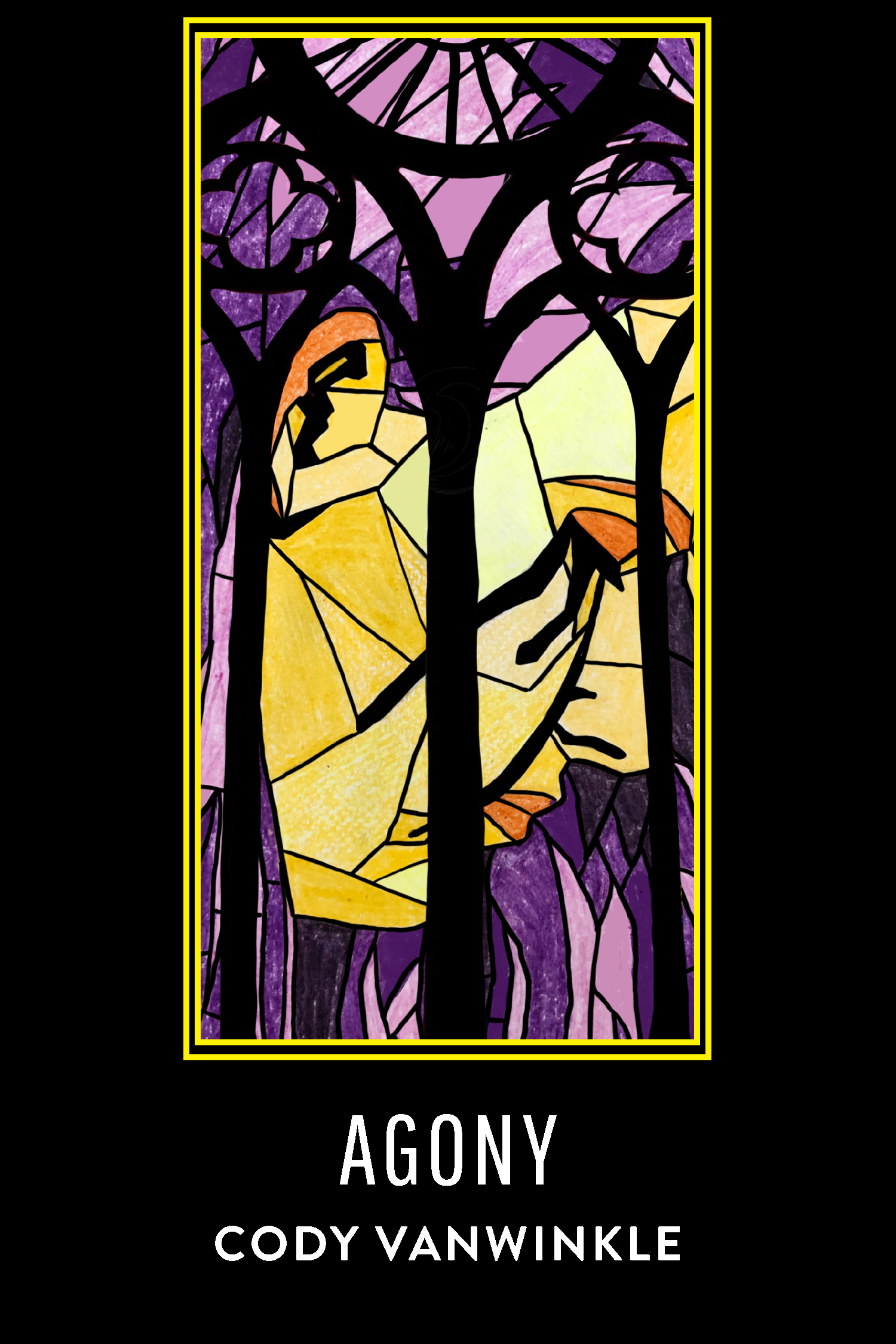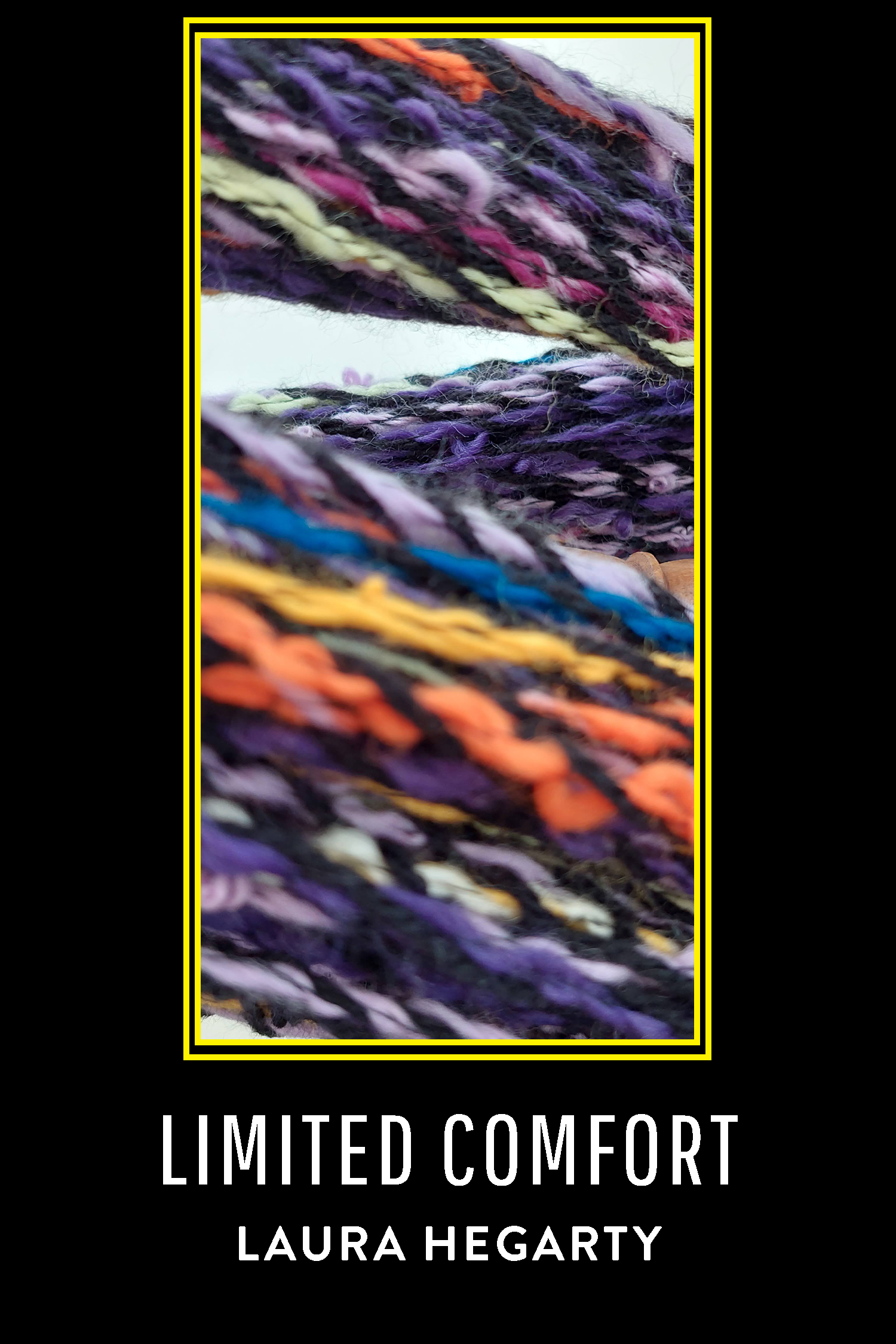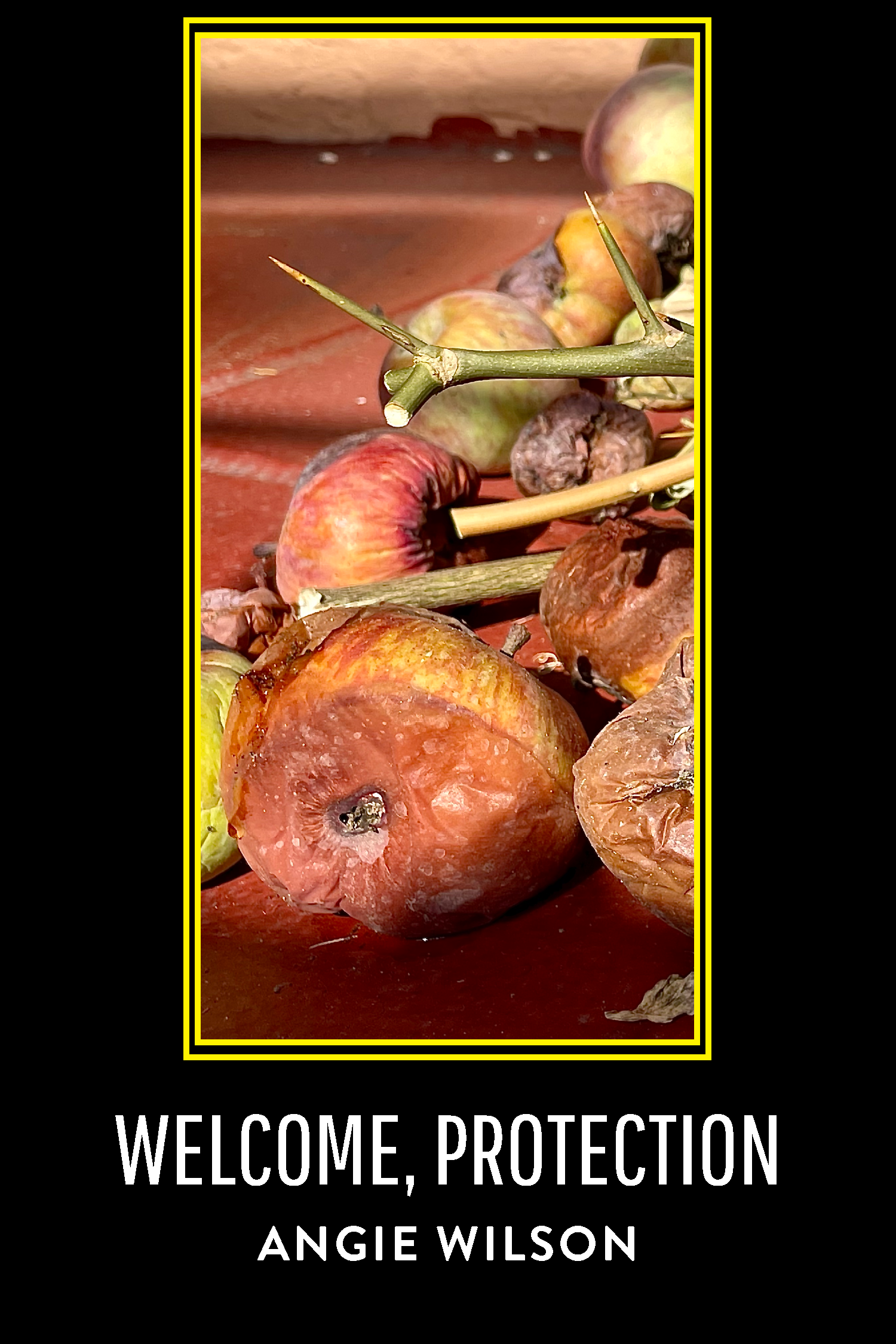Vol 3 No 4 | Fall 2022
Contents
Letters from the Editors
Map of ArtWorks in This Issue
The Artworks
Letters from the Editors
In the English language, we rely heavily on one tiny word to carry the burden of a whole world of possibilities. That word is “if.” Teaching grammar, we talk about the four types of conditionals, each using “if” to communicate different levels of reality.
In the zero conditional, “if” describes something that’s certain. If you look directly at a solar eclipse, it damages your eyes. If water gets cold enough, it freezes.
The first conditional is a little more theoretical. It uses “if” to predict the future. The city will go berserk if the Red Sox lose tonight. If I make it out of this alive, I’ll never go whitewater rafting again.
The second conditional is more imaginary still, sometimes even bordering on impossible. If I spoke fluent Arabic, my grandparents would be so proud. If I had superpowers, I would crush my enemies. If I were a rich man, all day long I’d biddy biddy bum.
And the third conditional is so unlikely, it’s literally impossible, as it’s too late to change the past. If you’d known it was me, you wouldn’t have answered the door. He would have found his glasses if he had looked in the refrigerator. If you had been more careful, they wouldn’t have stolen our catamaran.
That’s a wide range of fantasy and reality to be expressed in just two letters. And we explore all of it in each step between switches here. It’s certain that if you show the same quilt to two different photographers, you get two very different images. It’s quite possible that if you give a photo of a cat to a poet, they will write something about a cat. It’s fun to think that if you sent a poem to a painter, the work they produce would inspire a similar poem from the next person. And we’ll never know for sure what a textile artist would have created if they had been shown a sculpture instead of a painting. That’s where this project lives, in the “ifs.”
Actions can have an entire multiverse of possible reactions. As you make your way through this issue, ask yourself these “if” questions. What certainties, possibilities, and impossibilities are lying beneath the surface?
Cody VanWinkle, Art Director
I read recently that there are two types of people: people who feel that they have been the same person their whole lives (‘continuers’) and people who feel like they have been many different people over the course of their lifetime (‘dividers’). Of course, this caused me to ask myself which camp I fall into. While thus far my life has contained several chapters which do make me feel like I’ve already lived multiple lives, I think I’m more of a ‘continuer’ than a ‘divider’. Of course I’ve changed over time, but on the other hand, have I really?
Anyone who knows me knows that my inner nerd runs deep. The word ‘navigate’ reminds me of the first time I really fell in love with research. It was sixth or seventh grade, and I was given the assignment of writing a paper about the Phoenicians. Reading about these ancient peoples blew my adolescent mind. I was so taken by the descriptions of elaborately carved boats with purple sails, their inventions, clear glass, and early written alphabets. They were master merchants, and traveled all over the Mediterranean using just the stars to find their way.
That ‘swept away’ feeling that I first felt then is a feeling that I have chased ever since. It is one flavor of guiding light that I have come to depend on as I navigate my own life. And while it can come from many things – talking to other artists, researching food history, eating a ripe peach – the drive for that experience makes me feel like I’ve always been the same person. Although the landscape has changed, I remain the same nerdy explorer
Navigation is almost always a part of our days, whether we’re commuting to work or having a challenging conversation. In this issue, we see artists grapple with themes of navigation in different ways. The wisdom of the body and the emotions we keep there. Guidance from our ancestors and inner selves. Maps. Lighthouses. Journeys. Walking through difficult decisions and maintaining boundaries.
As we all continue to navigate a rapidly changing world, we are being called to stay true to ourselves. And while some of us may think of that ‘self’ as a different self from who we once were, we can always look to deeper layers to find the part that abides.
With love,
Lu Valena, Executive Director
Map of Works in This Issue
Bait/Switch is an interdisciplinary exquisite corpse project. Every work is a creative response to a piece made by another artist. The project is divided into three branches- cyan, magenta and yellow. This map/diagram shows how the works in this issue fit together, and what came before. You can see the entire corpus on our maps page.
Image Description: A diagram/map of the artworks in this issue.








